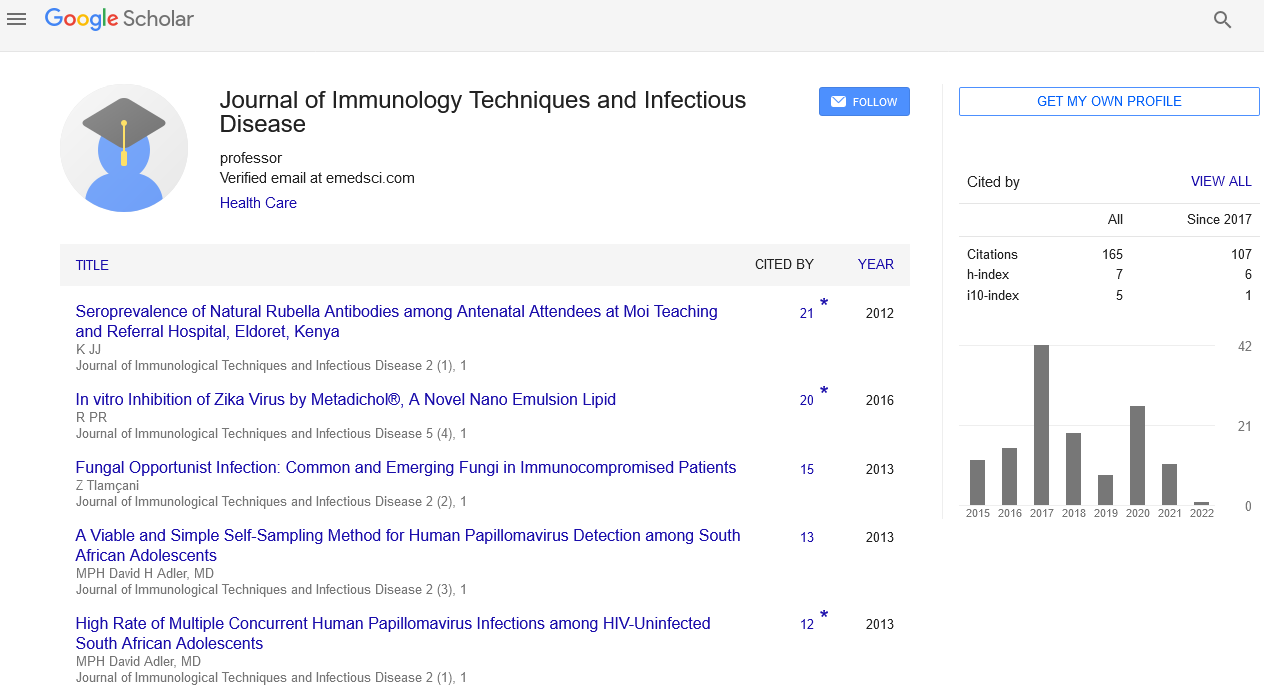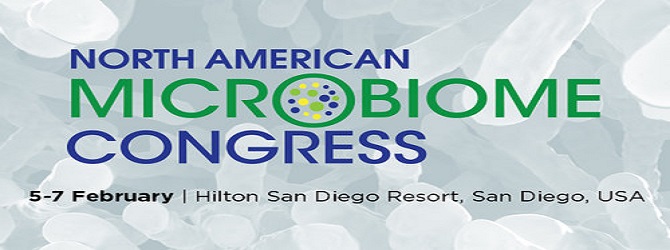Opinion Article, J Immunol Tech Infect Dis Vol: 13 Issue: 1
Pathogenesis: Comprehending the Molecular Mechanisms of Disease
Jackisch Carmeli*
1Department of Immunology, Stockholm University, Stockholm, Sweden
*Corresponding Author: Jackisch Carmeli,
Department of Immunology,
Stockholm University, Stockholm, Sweden
E-mail: carme.jacki@gmail.com
Received date: 01 March, 2024, Manuscript No. JIDIT-24-135274;
Editor assigned date: 04 March, 2024, PreQC No. JIDIT-24-135274 (PQ);
Reviewed date: 18 March, 2024, QC No. JIDIT-24-135274;
Revised date: 26 March, 2024, Manuscript No. JIDIT-24-135274 (R);
Published date: 04 April, 2024, DOI: 10.4172/2329-9541.1000374.
Citation: Carmeli J (2024) Pathogenesis: Comprehending the Molecular Mechanisms of Disease. J Immunol Tech Infect Dis 13:1.
Description
Pathogenesis, the process by which infectious agents or other factors cause disease in a living organism, it is a complex and multifaceted phenomenon that involves a numerous of molecular interactions between pathogens and host cells. From the initial encounter between a pathogen and its host to the progression of disease and the host's immune response, pathogenesis encompasses a series of dynamic events that ultimately determine the outcome of infection.
Initiation of infection: Entry and adherence
The initiation of infection begins with the entry of a pathogen into the host organism, facilitated by a variety of mechanisms tailored to the specific characteristics of the pathogen and the host environment. Pathogens may enter the host through various routes, including inhalation, ingestion, direct contact, or vector-mediated transmission. Once inside the host, pathogens must adhere to host cells or tissues to establish colonization and initiate infection. Adherence is mediated by specific molecular interactions between pathogen adhesions and host cell receptors, enabling pathogens to resist clearance mechanisms and establish a foothold within the host.
Colonization and invasion: Establishing a niche
Following adherence, pathogens must colonize host tissues and avoid host defenses to establish a niche conducive to their survival and replication. Colonization involves the proliferation and spread of pathogens within host tissues, frequently facilitated by virulence factors such as toxins, enzymes, and surface structures that enable invasion and tissue damage. Pathogens may employ a variety of techniques to evade host immune responses, including modulation of host cell signaling pathways, interference with immune cell function, and subversion of phagocytic clearance mechanisms.
The progression of infection is accompanied by tissue damage and the manifestation of clinical signs and symptoms characteristic of the disease. Pathogens induce tissue damage through various mechanisms, including direct cytotoxicity, inflammation, and immune-mediated pathology. Tissue damage may result from the production of virulence factors such as toxins, proteases, and reactive oxygen organisms, which damage host cell function and integrity. The clinical manifestations of disease vary depending on the site and severity of tissue damage, as well as the host's immune response and underlying health status.
Immune evasion and persistence
Successful pathogens employ a variety of mechanisms to prevent host immune responses and establish chronic or persistent infections. Immune evasion methods may involve antigenic variation, camouflage, or inhibition of host immune effectors, allowing pathogens to prevent recognition and clearance by the immune system. Some pathogens can establish latent infections, entering a dormant state within host cells or tissues and reactivating under favorable conditions to cause recurrent disease. Persistent infections may contribute to long-term complications and increase the risk of transmission to susceptible hosts.
Host factors in pathogenesis: Genetics, immunity, and environment
Host factors play an essential role in determining susceptibility to infection and the outcome of disease. Genetic factors such as host immune responses, receptor polymorphisms, and susceptibility genes influence individual susceptibility to specific pathogens and the severity of disease. Host immunity, including innate and adaptive immune responses, provides significant defense mechanisms against invading pathogens, modulating the course of infection and disease progression. Additionally, environmental factors such as nutrition, hygiene, and exposure to pollutants can influence host-pathogen interactions and shape the risk of infection and disease outcomes. Pathogenesis is a dynamic and complicated relationship between pathogens and human factors that includes a sequence of molecular events that affect the development and progression of infectious and non-infectious diseases. Spanish
Spanish  Chinese
Chinese  Russian
Russian  German
German  French
French  Japanese
Japanese  Portuguese
Portuguese  Hindi
Hindi 
